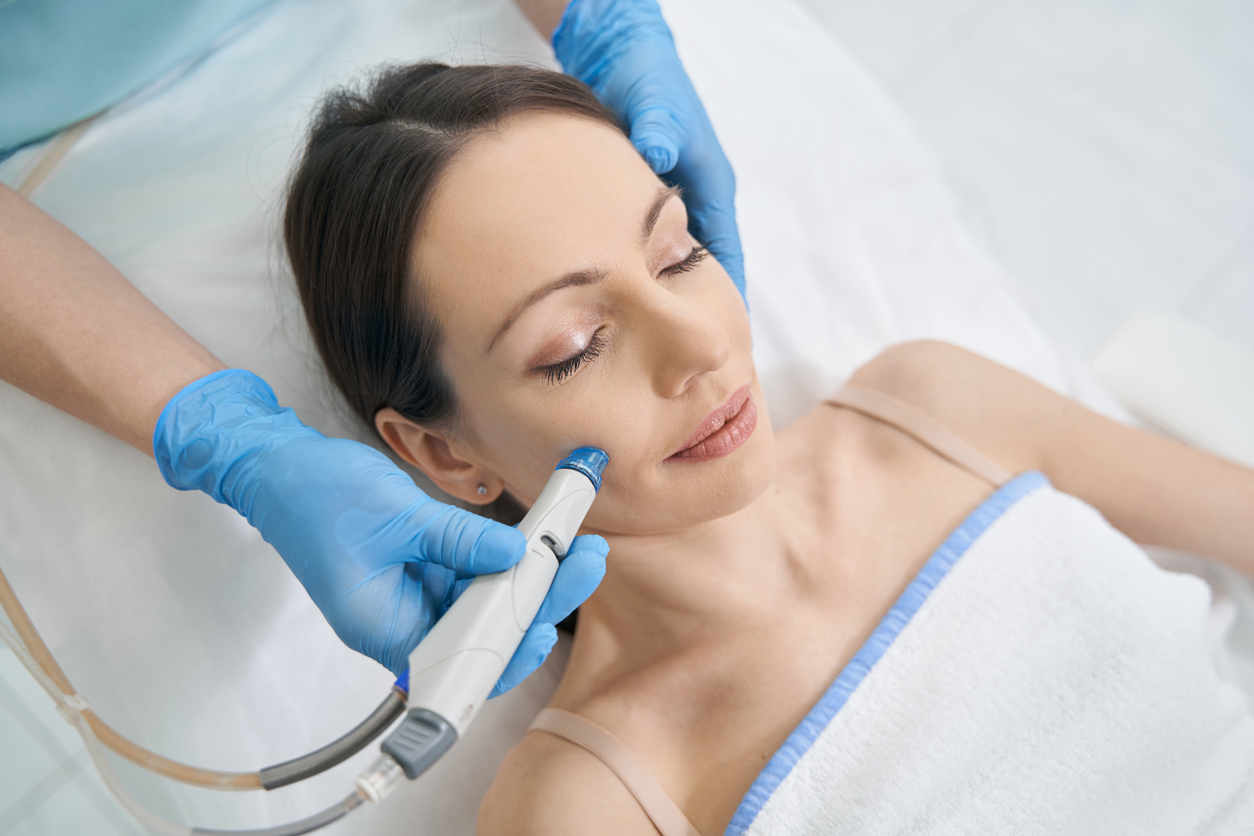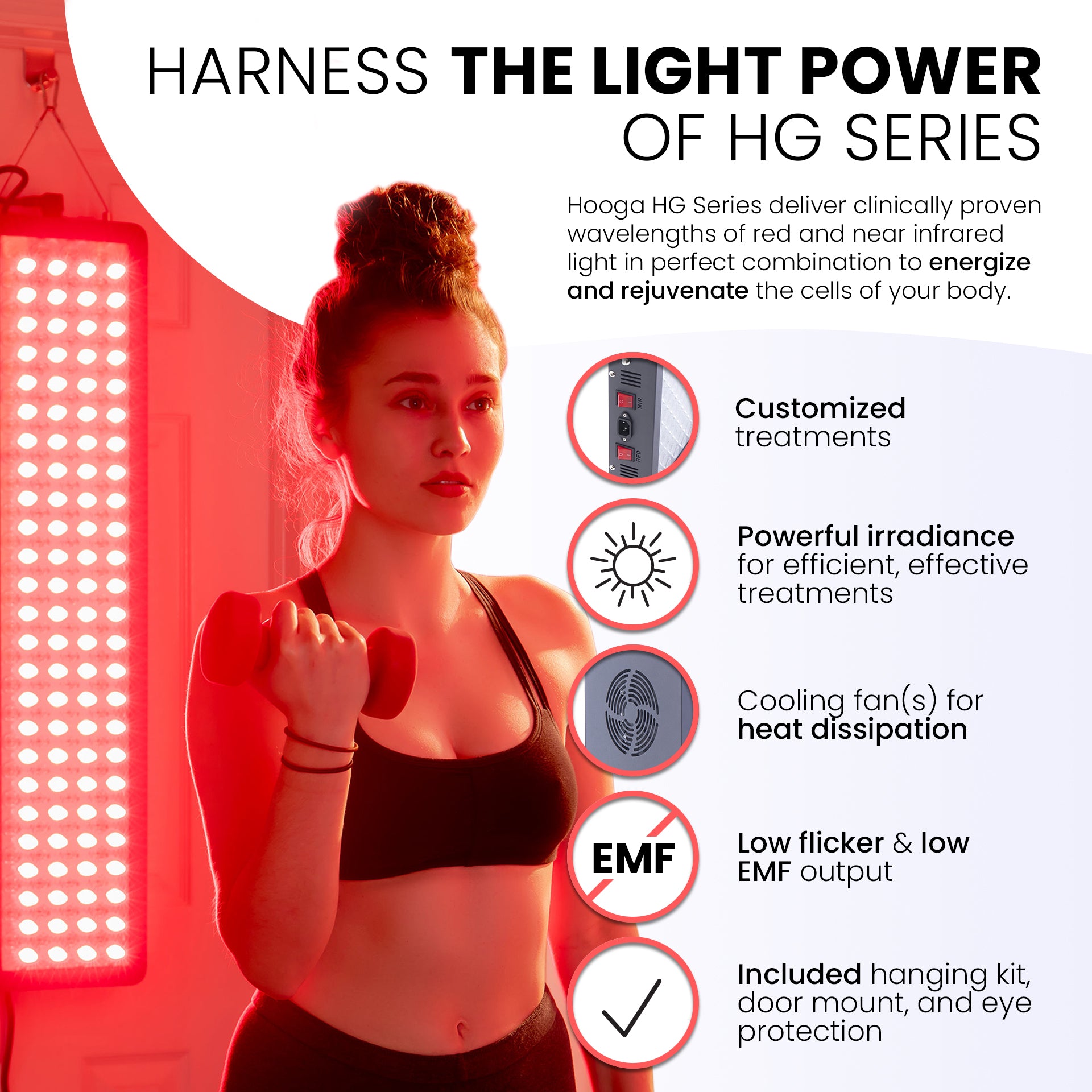Photobiomodulation Laser Applications in Modern Medicine
Wiki Article
Opening the Prospective of Photobiomodulation: A Promising Method for Therapeutic Treatment
Are you curious regarding the potential of photobiomodulation for therapeutic treatment? By targeting details mobile processes, photobiomodulation has actually revealed potential in accelerating injury recovery, minimizing pain, and promoting tissue regeneration. In this intro, we will explore the devices of action, applications in medicine, and the existing proof supporting the efficiency of photobiomodulation.Recognizing Photobiomodulation
To comprehend photobiomodulation, you need to comprehend the principle of just how light treatment can straight impact cellular processes in your body. Photobiomodulation, also recognized as low-level light treatment, is a non-invasive treatment that utilizes details wavelengths of light to promote biochemical reactions in your cells. When revealed to these light wavelengths, your cells take in the power and transform it into mobile energy, referred to as adenosine triphosphate (ATP) This rise in ATP production leads to a waterfall of cellular feedbacks, including boosted metabolic rate, enhanced blood circulation, and boosted production of collagen and various other healthy proteins.The therapeutic impacts of photobiomodulation are far-ranging and have been examined extensively in different clinical areas. It has revealed promising results in advertising cells repair work and regrowth, decreasing swelling, easing discomfort, and enhancing wound healing. In addition, photobiomodulation has actually been found to have a positive influence on neurological problems, such as terrible brain injury and stroke, by promoting neural task and promoting neuroplasticity.
One of the essential benefits of photobiomodulation is its safety and security account. Unlike various other treatments, photobiomodulation does not create any kind of warmth or create cells damage. It is a non-invasive and painless procedure that can be carried out in a scientific setup or even in the comfort of your own home with using portable devices. However, it is essential to note that photobiomodulation ought to be administered by skilled specialists or according to the supplier's guidelines to make certain optimum outcomes and security.

Systems of Action
In recognizing the systems of activity, you will certainly discover just how photobiomodulation directly affects cellular processes via particular biochemical responses. When light is used to the body, it is absorbed by chromophores, such as cytochrome c oxidase and flavins, which are existing in the mitochondria. This absorption results in a waterfall of events that inevitably lead to cellular adjustments.One of the key systems of activity is the stimulation of ATP manufacturing. Photobiomodulation enhances the task of cytochrome c oxidase, a critical enzyme in the mitochondria that is included in the electron transportation chain. This raised activity brings about the production of even more ATP, the main power currency of the cell. Because of this, mobile metabolic process is boosted, advertising cells fixing and regrowth.
Additionally, photobiomodulation has actually been revealed to regulate cellular signaling pathways. It triggers numerous development variables and indicating molecules, such as nitric oxide and reactive oxygen types, which play crucial duties in processes like angiogenesis, cell, and swelling expansion. These signaling paths add to the therapeutic impacts of photobiomodulation, advertising cells recovery and minimizing discomfort and inflammation.
Applications in Medicine
Check out the comprehensive applications of photobiomodulation in medicine. Photobiomodulation, likewise referred to as low-level light treatment, is a non-invasive therapy that makes use of light to promote and stimulate cellular processes healing. In medicine, this technique has revealed encouraging results throughout various fields.Among the main applications of photobiomodulation is in discomfort monitoring. pbm therapy. It has actually been made use of to relieve both persistent and severe pain, including musculoskeletal conditions, neuropathic discomfort, and post-operative discomfort. By targeting the afflicted area with particular wavelengths of light, photobiomodulation can decrease inflammation, advertise tissue repair, and provide relief
In addition, photobiomodulation has actually shown potential in injury recovery. It can speed up the healing procedure by improving cell spreading, promoting angiogenesis, and lowering mark tissue formation. This has substantial ramifications in the treatment of persistent injuries, such as diabetic person abscess and stress sores.
In dermatology, photobiomodulation has been utilized for its anti-inflammatory and regenerative effects. It can boost the appearance of marks, minimize acne lesions, and boost hair development in conditions like androgenetic alopecia.
Additionally, photobiomodulation has revealed promise in neurorehabilitation. It can boost cognitive function, boost motor recuperation, and aid in the therapy of neurodegenerative illness like Alzheimer's and Parkinson's.
Medical Proof and Research Study Searchings For

In the field of musculoskeletal conditions, photobiomodulation has been discovered to reduce pain and inflammation, improve range of movement, and speed up tissue repair work. In addition, photobiomodulation has actually revealed favorable results on injury recovery by promoting collagen synthesis, angiogenesis, and fibroblast expansion.
Additionally, research study has actually revealed that photobiomodulation can have neuroregenerative and neuroprotective results. It has actually been found to boost cognitive feature, minimize neuroinflammation, and improve neuronal survival and synaptic plasticity. This has essential ramifications for the treatment of neurological problems such as Alzheimer's condition, Parkinson's illness, and stroke.
Future Directions and Potential Obstacles
Moving on, it is necessary to think about the potential obstacles and future instructions surrounding making use of photobiomodulation as a healing intervention. One essential future instructions is the exploration and optimization of application specifications. Presently, there is no consensus on the optimal wavelength, strength, duration, and regularity of photobiomodulation treatment. More research study is needed to recognize the dose-response connection and develop evidence-based guidelines for clinical technique.One more important future direction is the growth of cost-efficient and portable photobiomodulation tools. While current gadgets work, they are commonly bulky, costly, and call for professional guidance - photobiomodulation laser. The development of straightforward and budget-friendly gadgets would considerably boost accessibility to this therapy, enabling even more people to benefit from its potential restorative results
In addition, future research ought to concentrate on clarifying the devices underlying photobiomodulation. Despite its growing popularity, the exact systems whereby photobiomodulation applies its healing results are not totally understood. Understanding these systems would not only enhance our knowledge of the therapy but also aid in the development of more targeted and effective interventions.
However, there are also potential challenges that need to be addressed. photobiomodulation therapy photobiomodulation laser. These consist of the demand for standard procedures, the demand for well-designed medical trials with larger example dimensions, and the requirement for long-lasting follow-up studies. Furthermore, regulatory and safety factors to consider have to be considered to make sure the effective and secure use photobiomodulation in medical practice.
Conclusion
Finally, photobiomodulation holds fantastic assurance as a therapeutic intervention in medicine. Its devices of activity and medical proof suggest its prospective for dealing with various problems. However, additional study is needed to totally comprehend its advantages and resolve any type of potential difficulties. With continuous researches and developments in this area, photobiomodulation has the possible to unlock brand-new possibilities for enhancing person outcomes.Are you interested concerning the possibility of photobiomodulation for therapeutic intervention? By targeting specific cellular processes, photobiomodulation has shown potential in speeding up wound healing, minimizing discomfort, and promoting cells regrowth.In addition, photobiomodulation has actually revealed possible in injury recovery.Relocating ahead, it is crucial to think about the future instructions and prospective difficulties bordering the usage of photobiomodulation as a restorative intervention. With continuous studies and developments in this field, photobiomodulation has the potential to open brand-new possibilities for improving client outcomes.
Report this wiki page